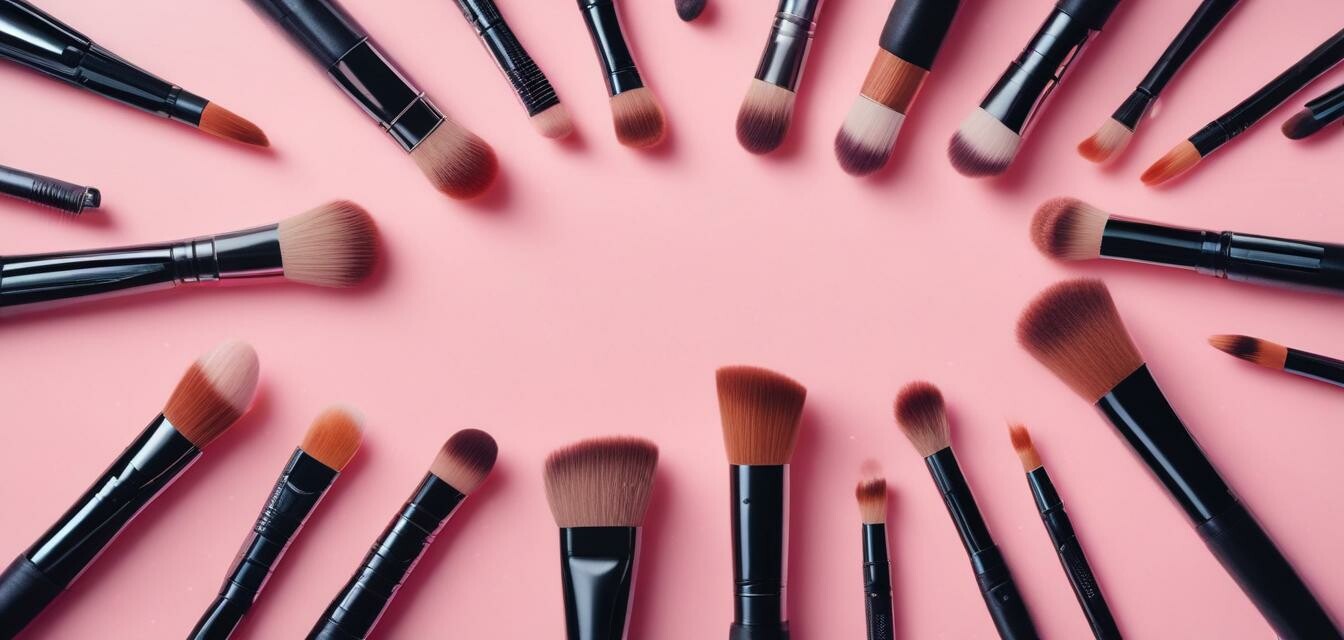
This article was generated using AI and is based on real customer reviews from the Amazon platform. It contains affiliate links, meaning we may earn a commission—at no extra cost to you. As Amazon Associates, we earn from qualifying purchases.
FAQs About Makeup Brush and Tool Cleaning
Proper cleaning of makeup brushes and beauty tools is essential for maintaining hygiene and ensuring optimal performance. In this article, we will address frequently asked questions regarding makeup brush and tool cleaning, providing clear and concise answers to help you keep your tools in top condition.
Key Takeaways
- Regular cleaning prevents bacteria build-up on brushes and tools.
- Using appropriate cleaning solutions is crucial for preserving tool integrity.
- Different types of tools require different cleaning methods.
- It is advisable to clean brushes after every use for best results.
Why Is It Important to Clean Your Makeup Brushes?
Cleaning your makeup brushes is vital for several reasons:
- Hygiene: Brushes can harbor bacteria, leading to breakouts or skin infections.
- Performance: Dirty brushes can lead to uneven application of makeup.
- Longevity: Regular cleaning extends the life of your brushes and tools.
How Often Should Makeup Brushes Be Cleaned?
It is recommended to clean makeup brushes after every use, especially for brushes that apply liquid or cream products. Other brushes can be cleaned weekly or bi-weekly. For detailed cleaning tips, check out our Cleaning Tips section.
What Is the Best Way to Clean Makeup Brushes?
Here’s a simple step-by-step guide:
- Wet the bristles under lukewarm water, keeping the handle dry.
- Apply a gentle brush cleaner or mild soap to the bristles.
- Gently lather and swirl the brush in the palm of your hand.
- Rinse thoroughly until water runs clear.
- Reshape the brush head and lay it flat to dry.
Can I Use Regular Soap to Clean My Brushes?
While regular soap can be used in a pinch, it is best to use cleaners specifically designed for makeup brushes. These cleaners effectively remove makeup residue without damaging the bristles. Explore specialized Makeup brush cleaners for optimal results.
How Should I Clean My Beauty Tools?
Different tools require different cleaning techniques:
| Tool Type | Cleaning Method |
|---|---|
| Sponges | Soak in warm, soapy water, rinse thoroughly, and air dry. |
| Facial rollers | Wipe down with rubbing alcohol and a cotton pad. |
| Nail tools | Soak in antiseptic solution and rinse with warm water. |
What Are the Signs That My Brushes Need Cleaning?
Watch for these indicators:
- Makeup not applying evenly
- Brushes feel sticky or oily
- Visible makeup residue on bristles
How Can I Store My Brushes After Cleaning?
Proper storage helps maintain the shape and quality of brushes:
- Store brushes upright in a holder to preserve bristle shape.
- Keep them away from direct sunlight and heat.
- Avoid keeping them in a closed bag when damp.
Can I Use Alcohol to Clean My Brushes?
Isopropyl alcohol can be used for quick cleaning but should not replace regular deep cleaning methods. It is effective for disinfecting purposes. For more thorough advice on tool sanitization, refer to our section on Tool sanitizers.
Conclusion
Cleaning your makeup brushes and tools is a simple yet crucial practice for every makeup enthusiast. Regular cleaning not only enhances your application but also promotes healthier skin. Remember to adapt your cleaning methods to suit different tools and always stay alert for signs that it’s time for a wash. Follow our tips, and your beauty tools will remain in perfect condition!